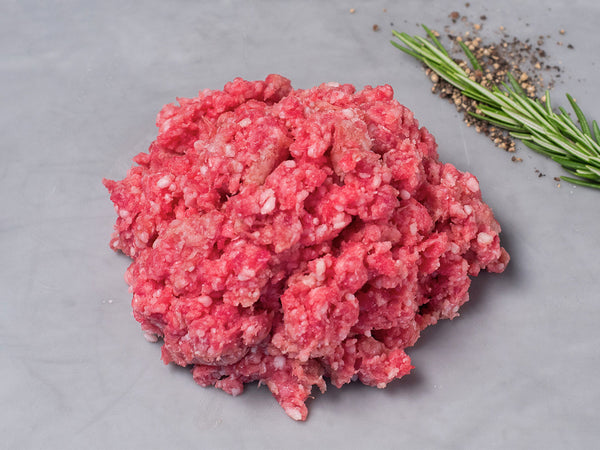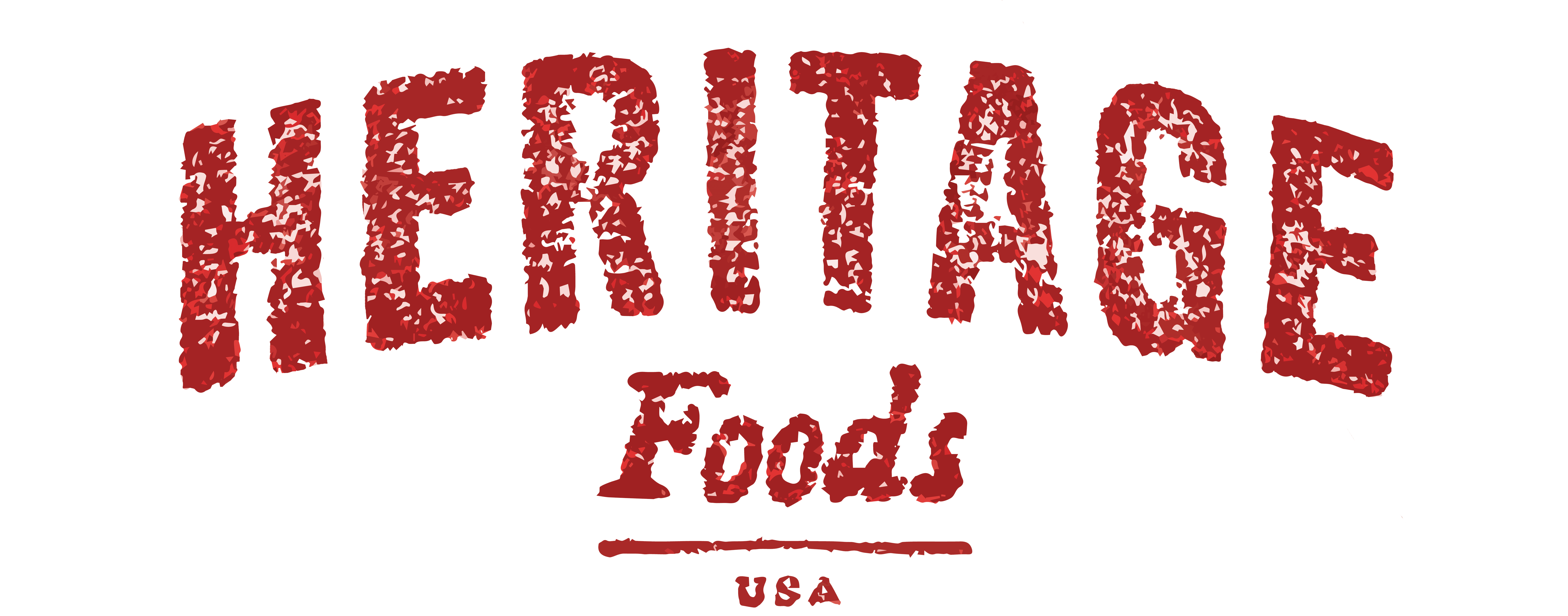
Grind 2: The Sequel
Cooking is easy. Mother Nature + the skill of a responsible farmer = the only recipe you should ever fuss over.
Rather than filling your shelves with epic recipe books, how about breed charts that describe the gastronomic wonders of every livestock variety? “One 32-ounce flank steak” as the prime mover in a recipe is not enough information for the enlightened carnivore. Where does that beef come from— farm and breed, please! And was it from a happy steer that led a decent life, grazing and doing happy steer things? Or was it a prisoner of American industry?
Cattle are a lot more nuanced than you might think. Dig this: Piedmontese and Belgian Blues are the only two breeds of cattle that have the “double-muscle” gene, which makes them extraordinarily tender. And these steers are loaded with myostatin, a protein that inhibits muscle differentiation and growth. As a result, you get a supremely tender and delicious cut of beef. Contrast that with the Angus—which has more tooth and is especially good for dry-aging. The Simmental, a Swiss cattle breed originally bred to stand up to thin air in the Alps, requires a serious knife and some sharp incisors when it comes time to eating. But its grain packs a lot of distinct flavor. The Akaushi is tangy with hints of blue cheese and olive oil. It has a rich aged flavor with a long aftertaste.
Being intimate with the supply chain is where it’s at, which is why Heritage Foods USA is an ingredient-based philosophy. Be a friend and fan of the beast. Food is very personal, and knowledge is power. And when it comes right down to it, it’s the meat, not the motion.
